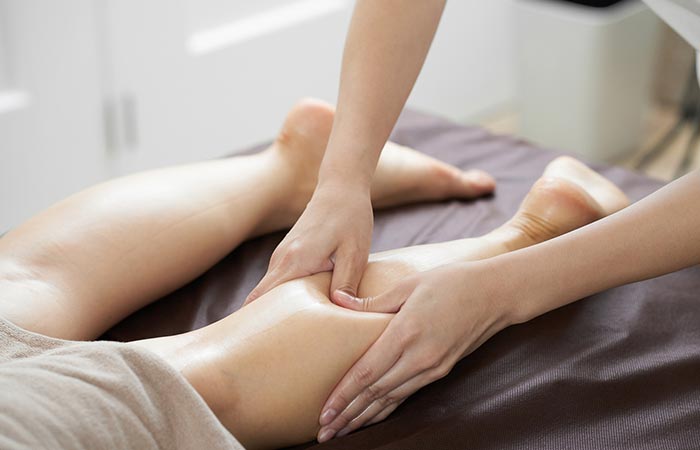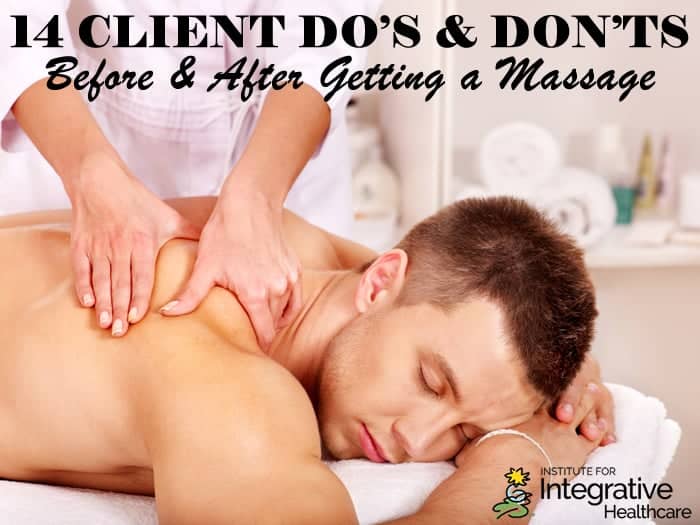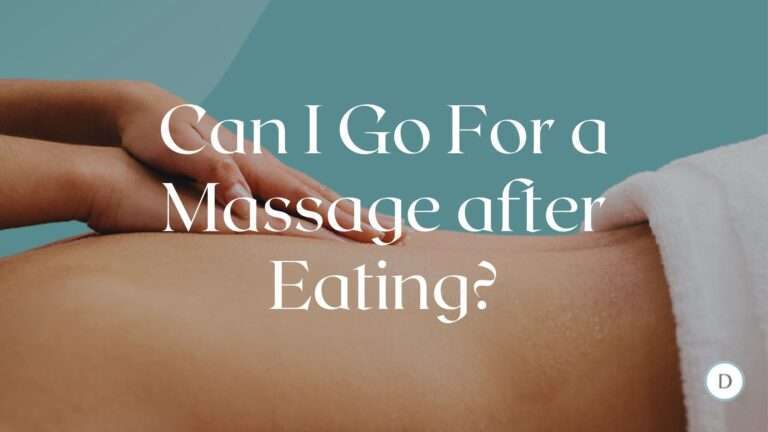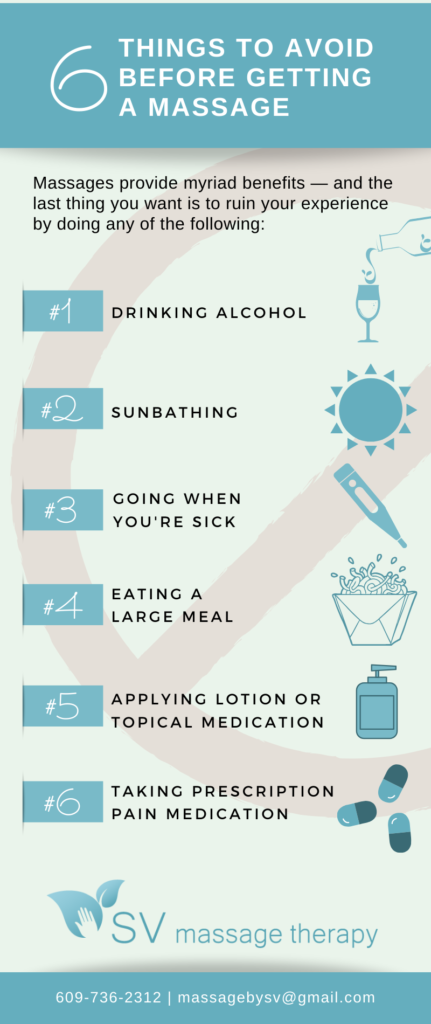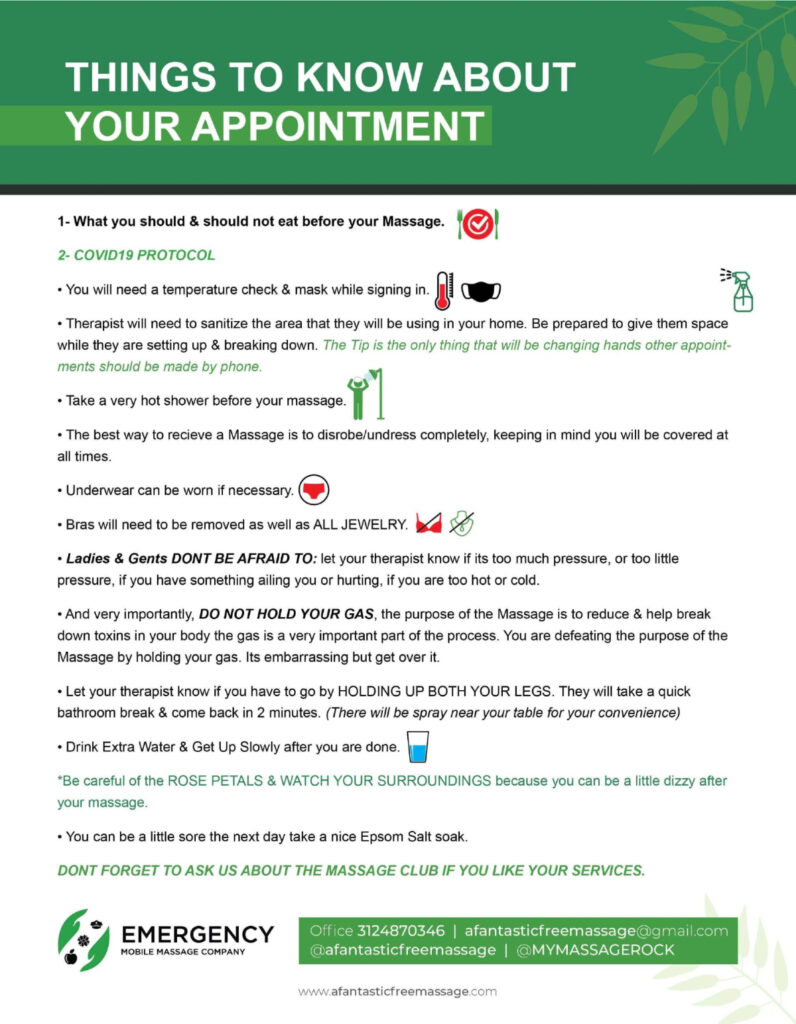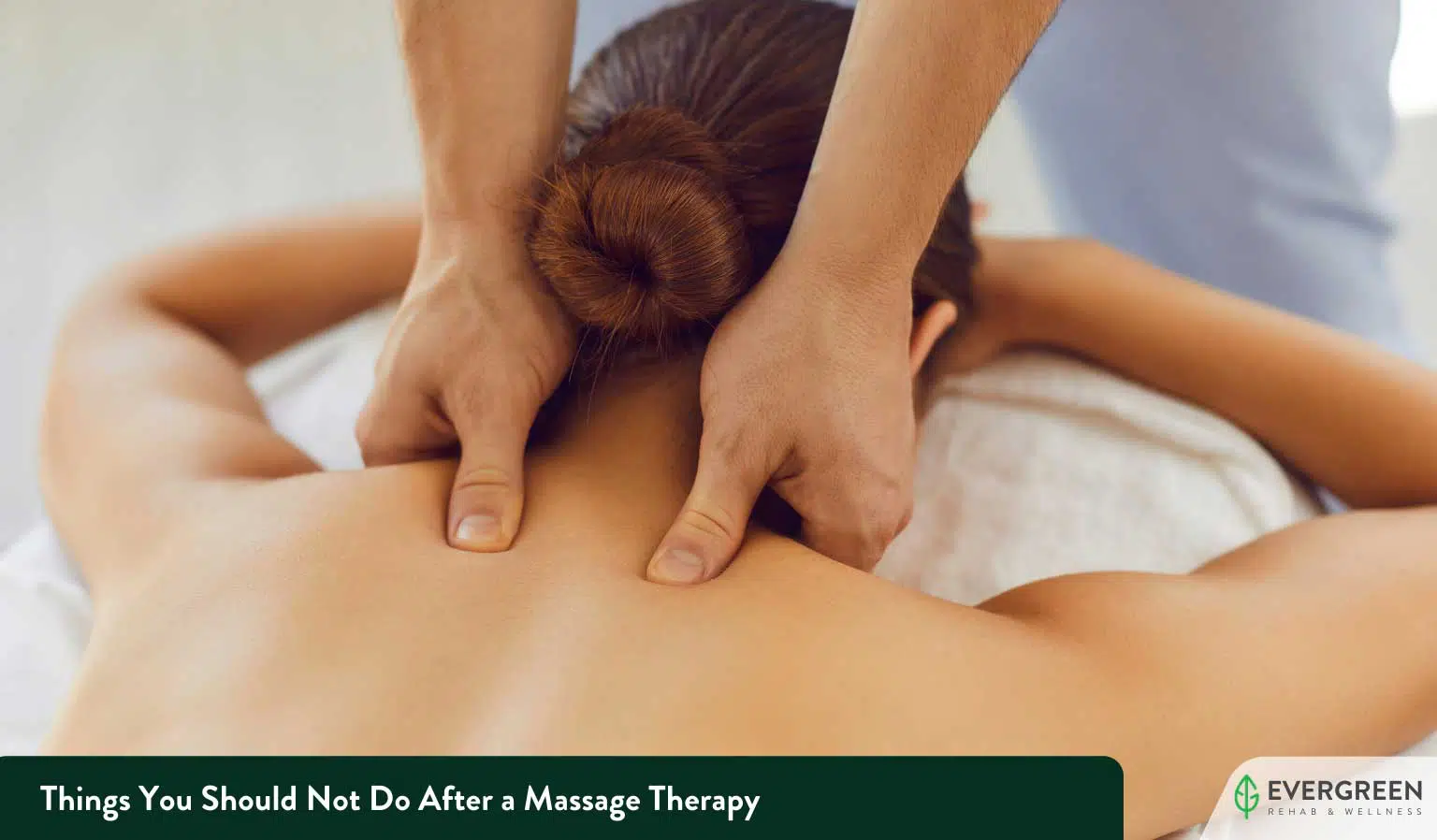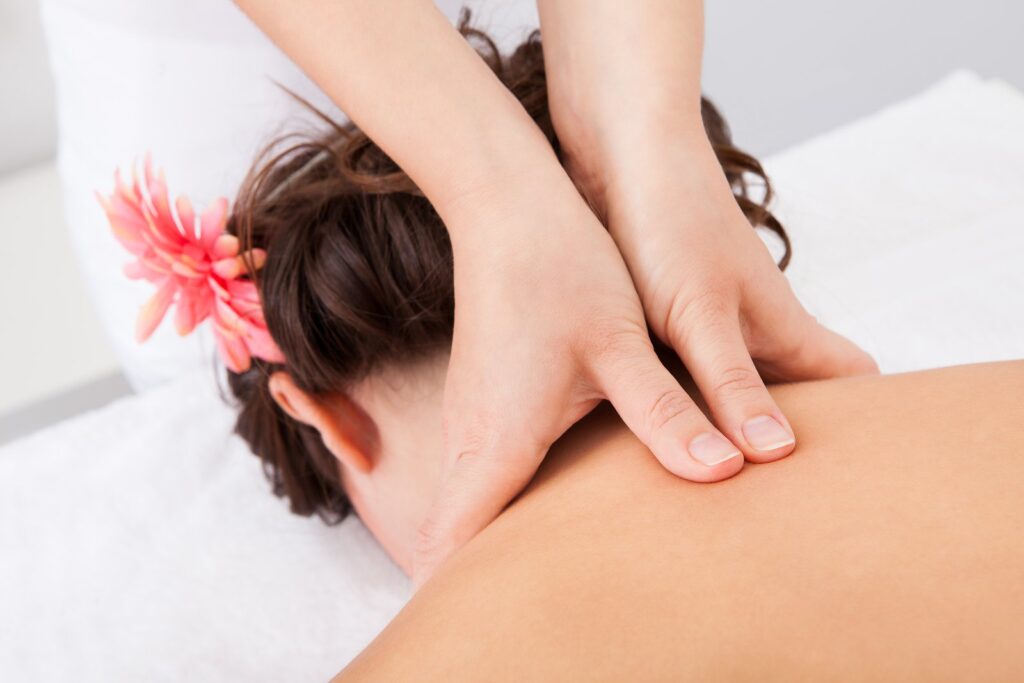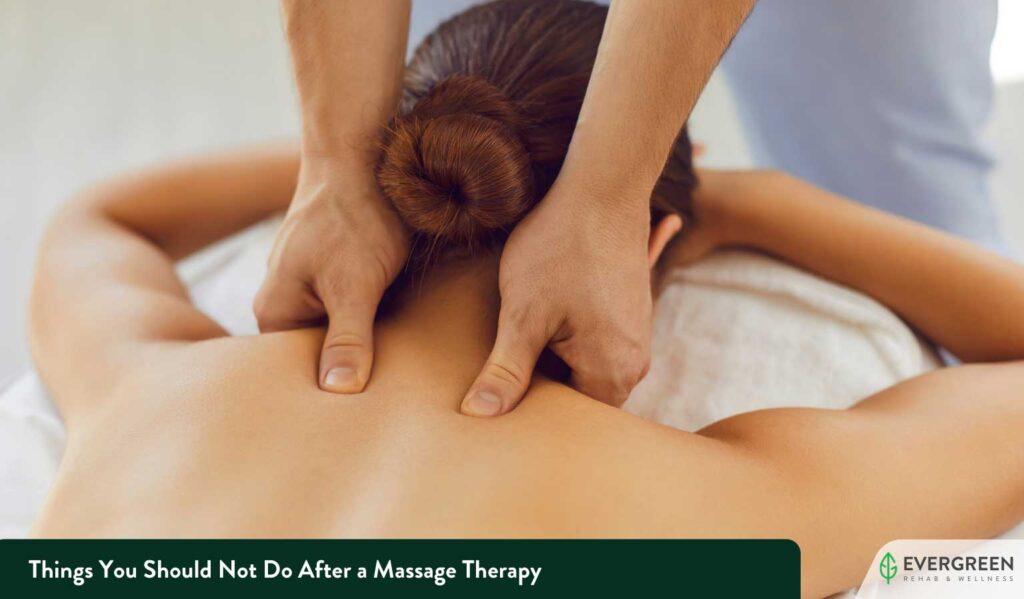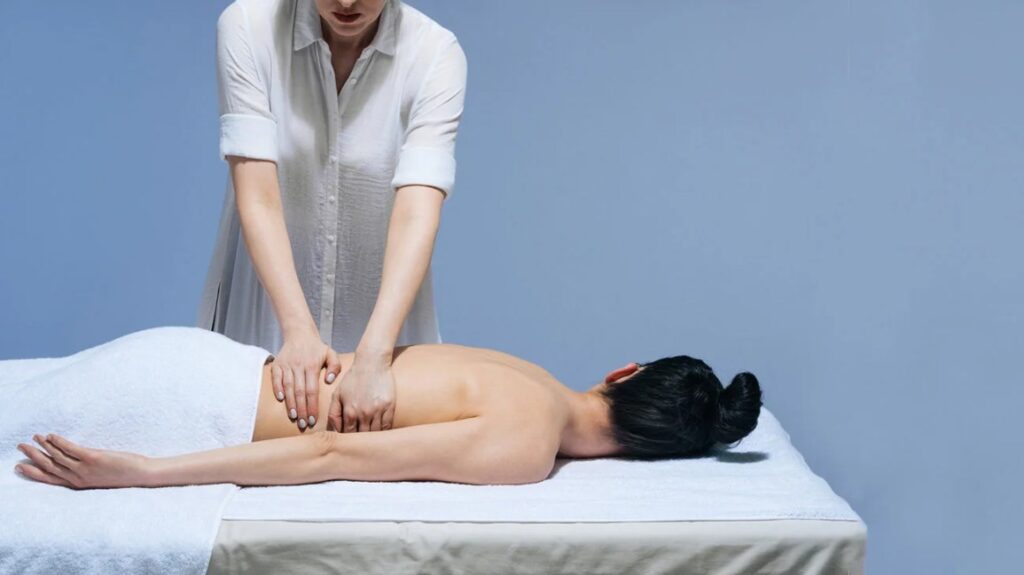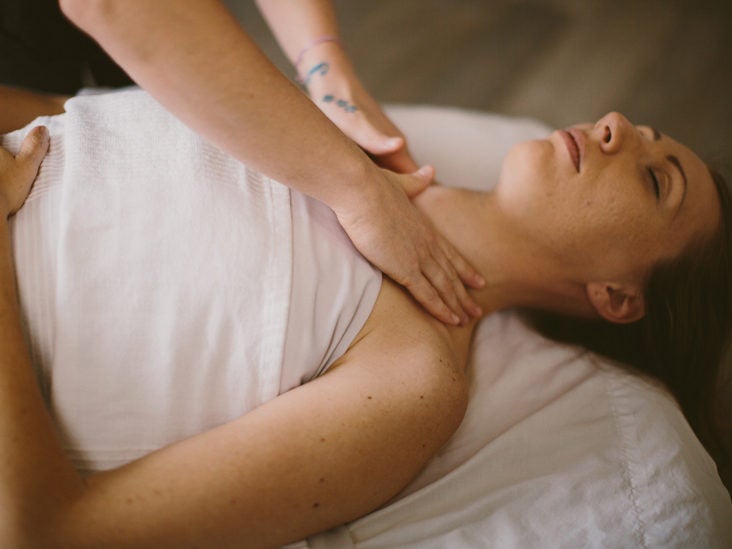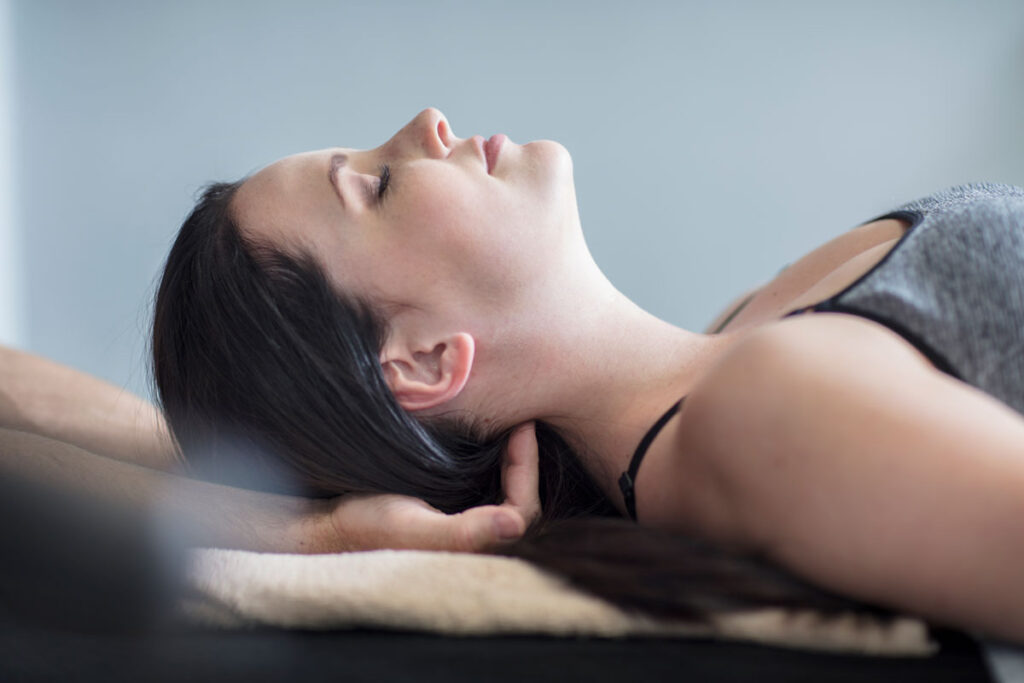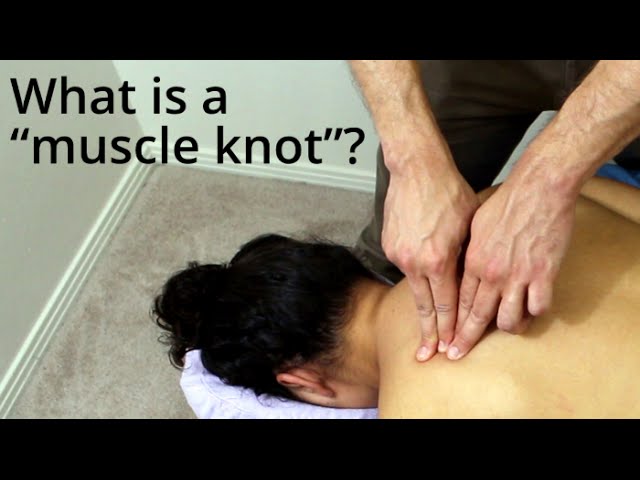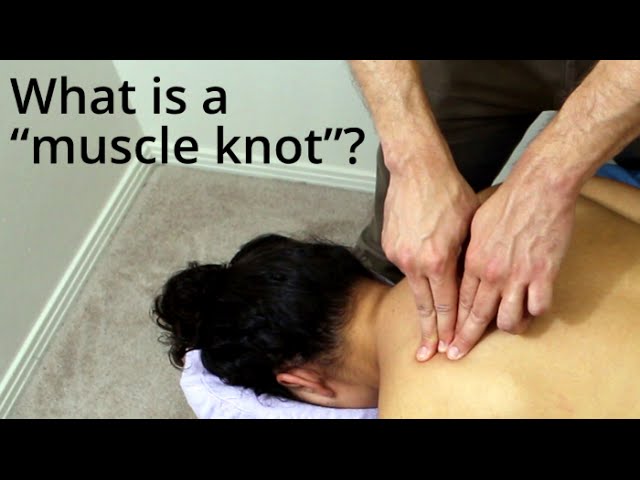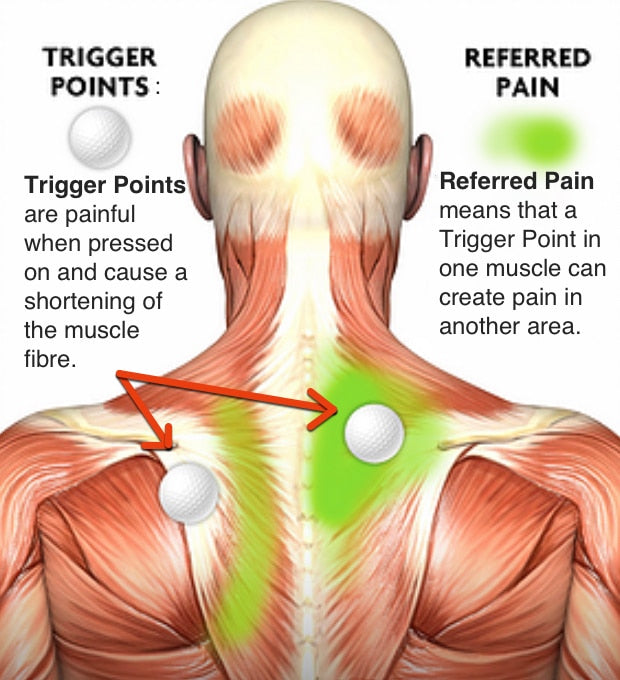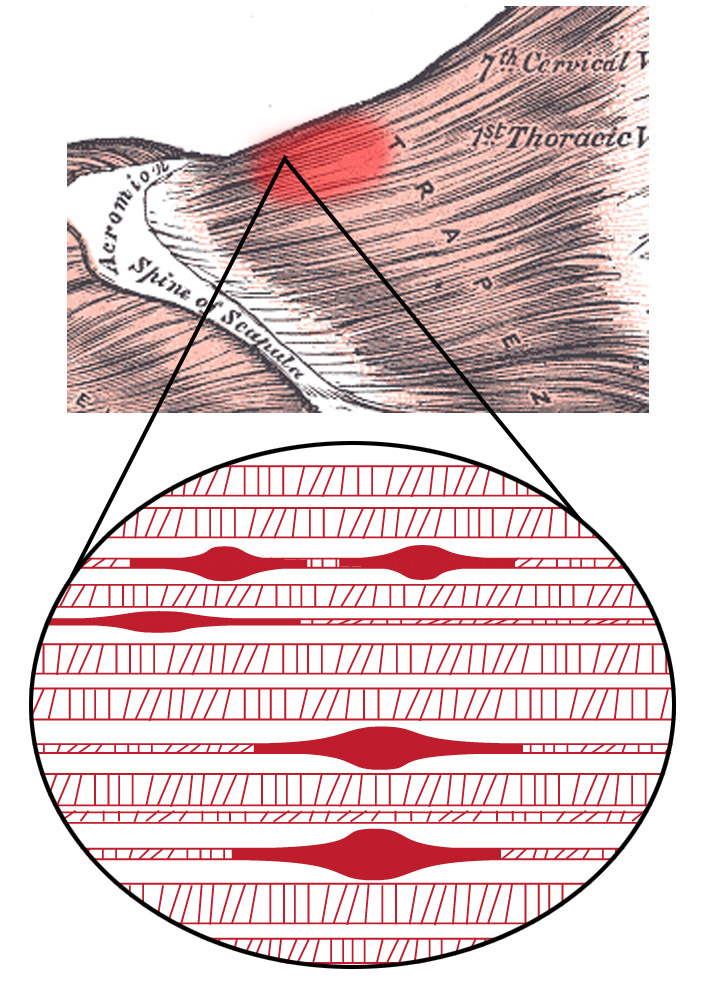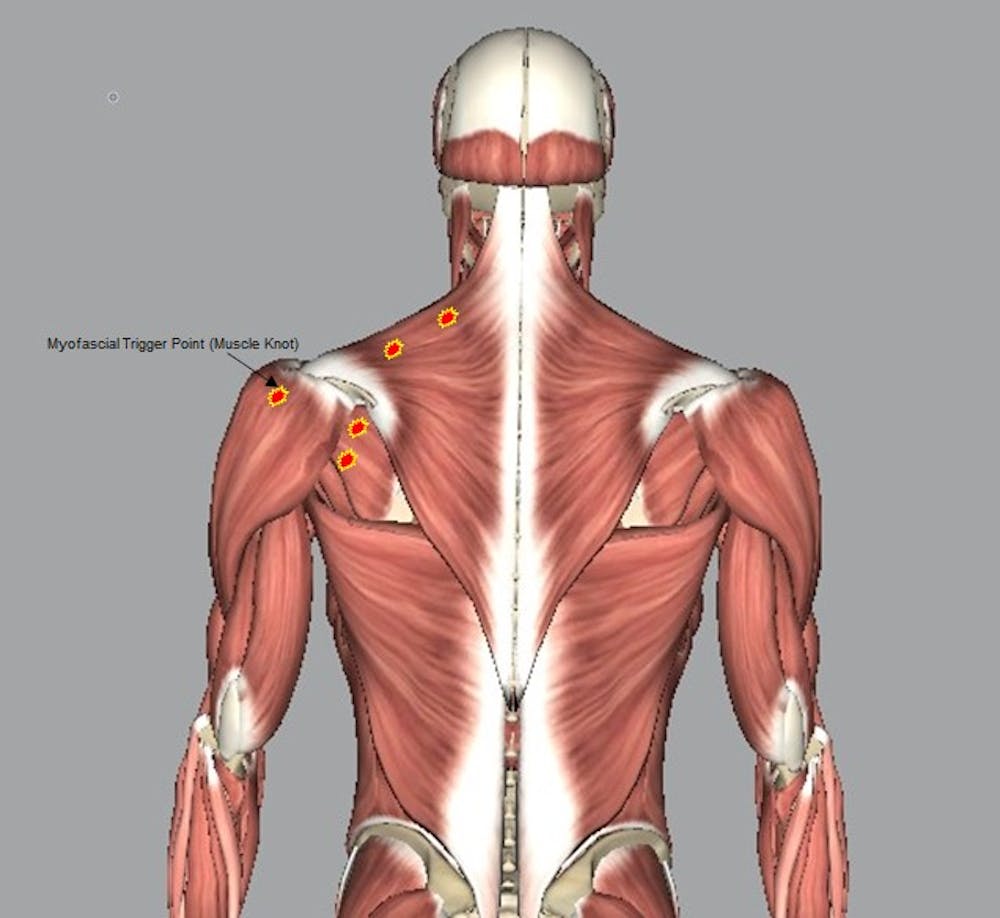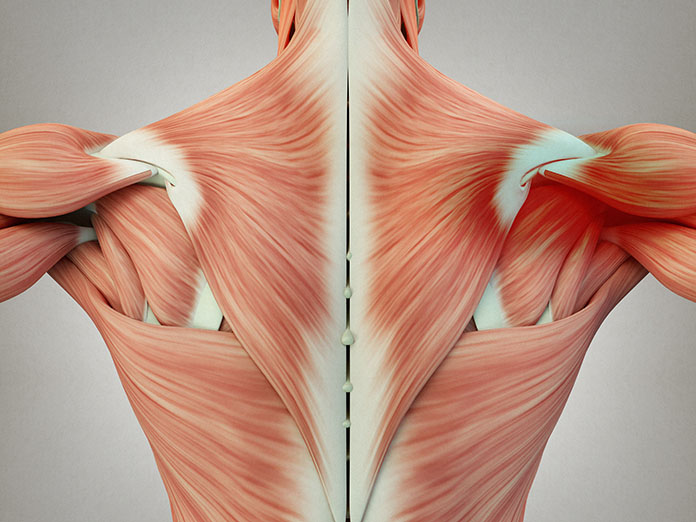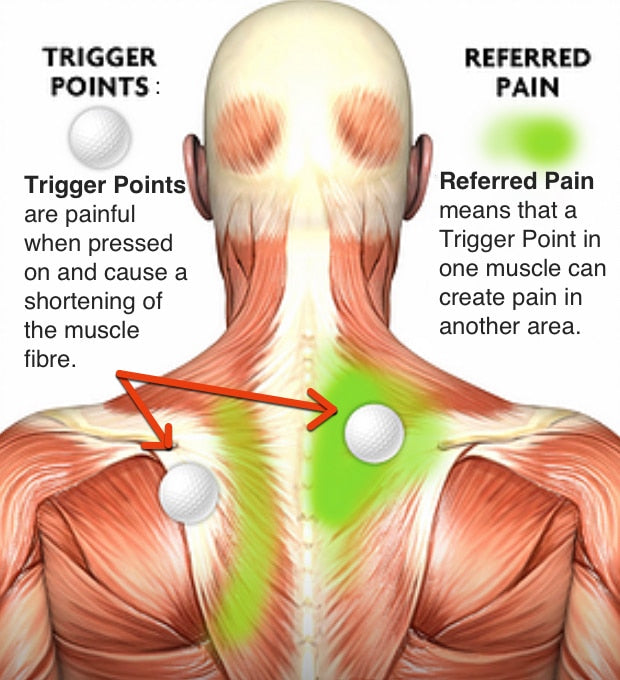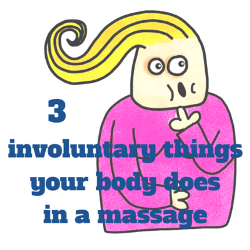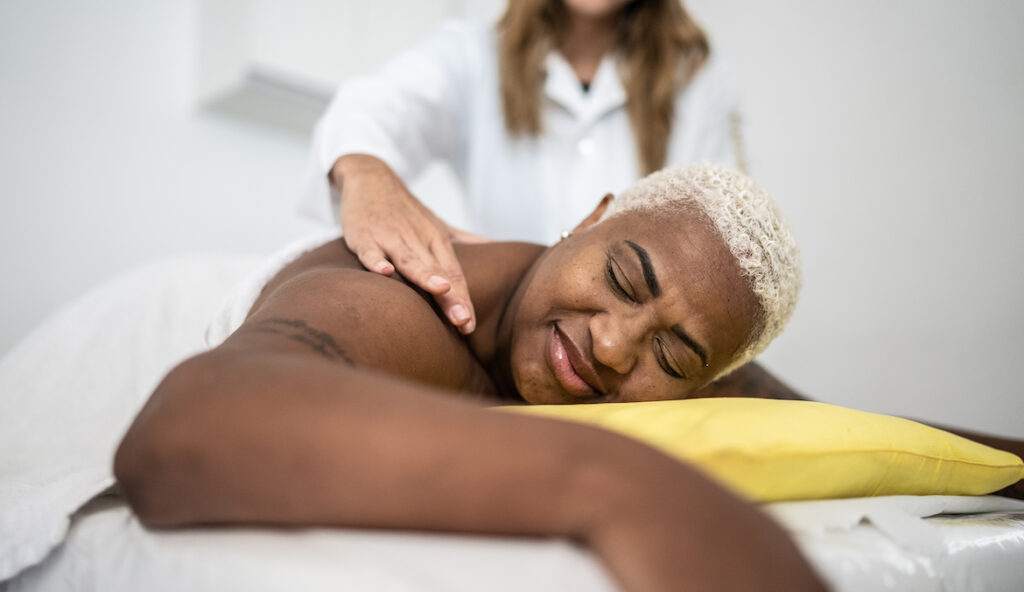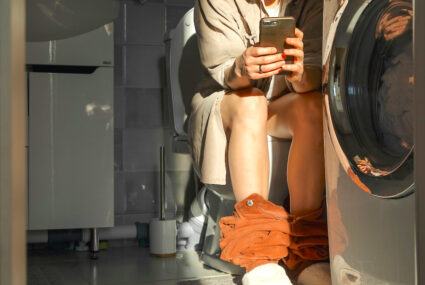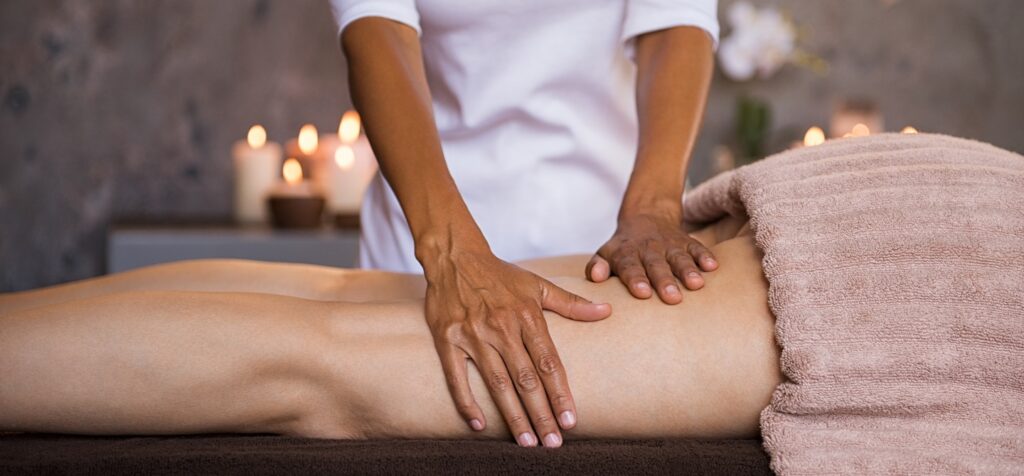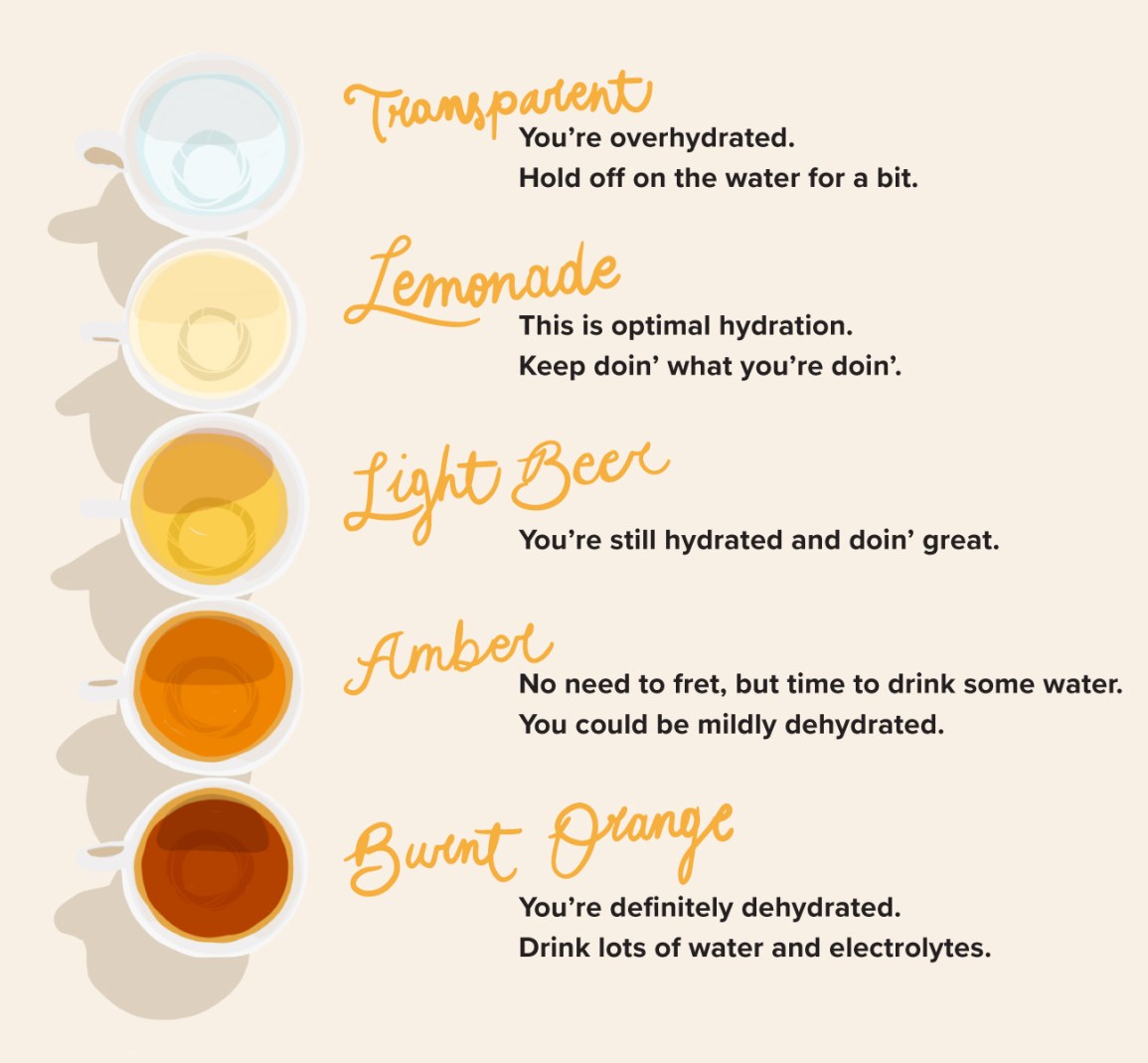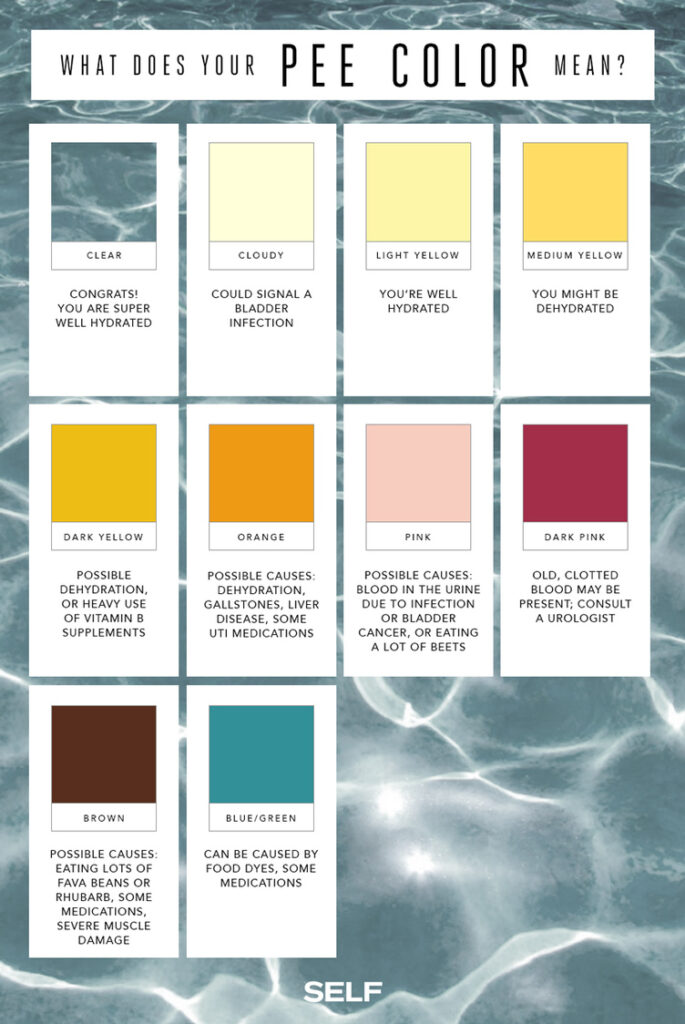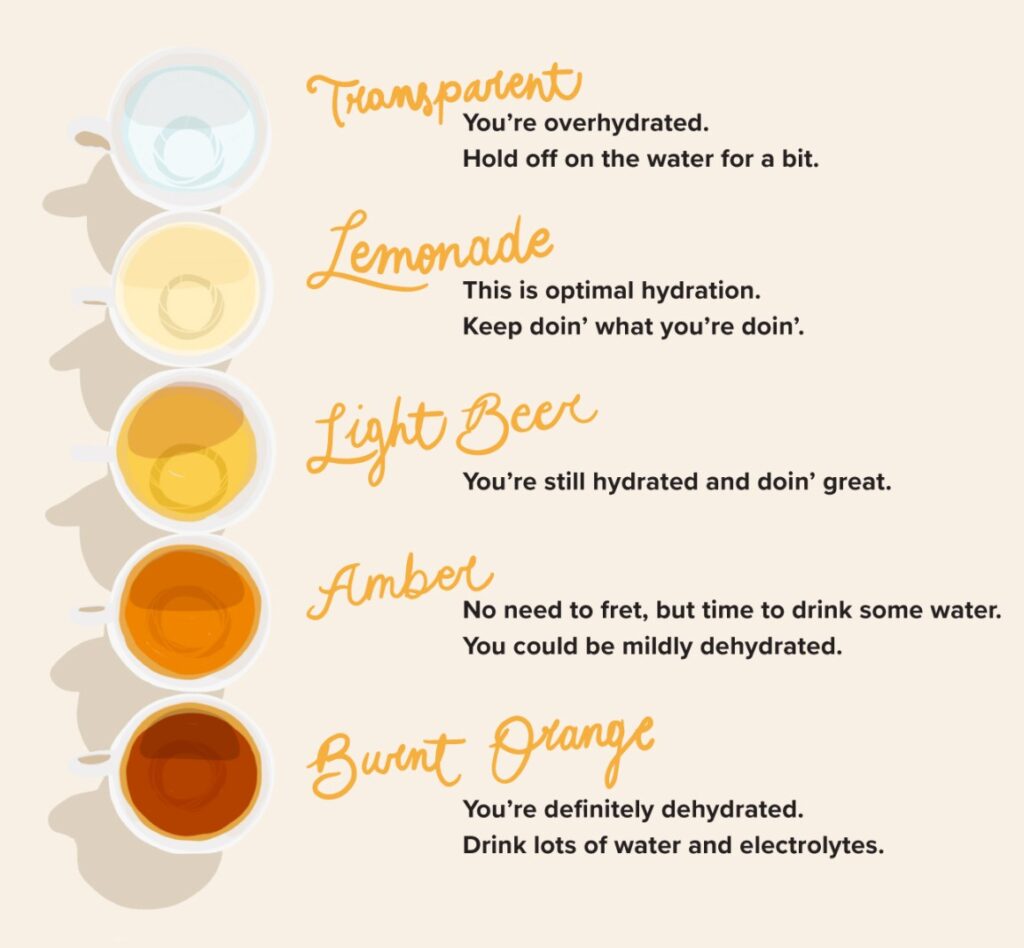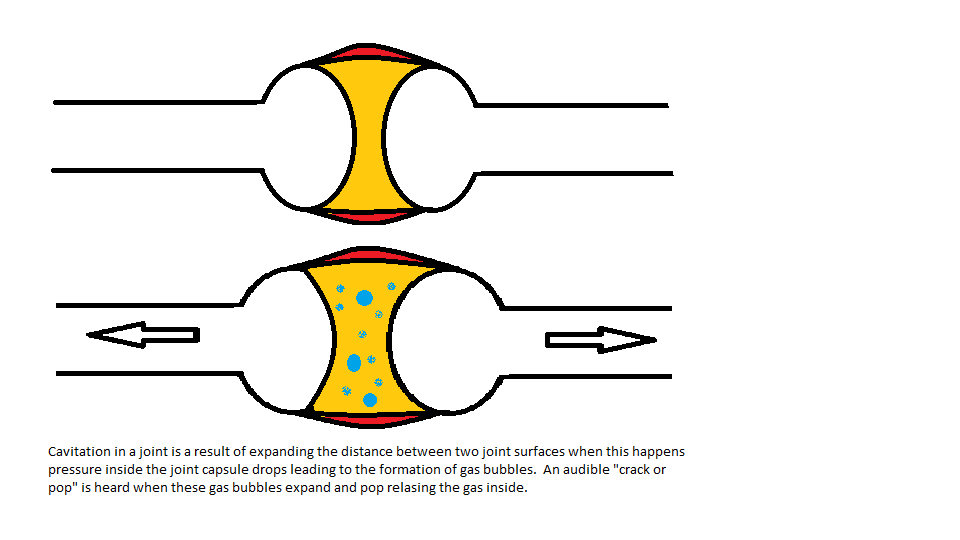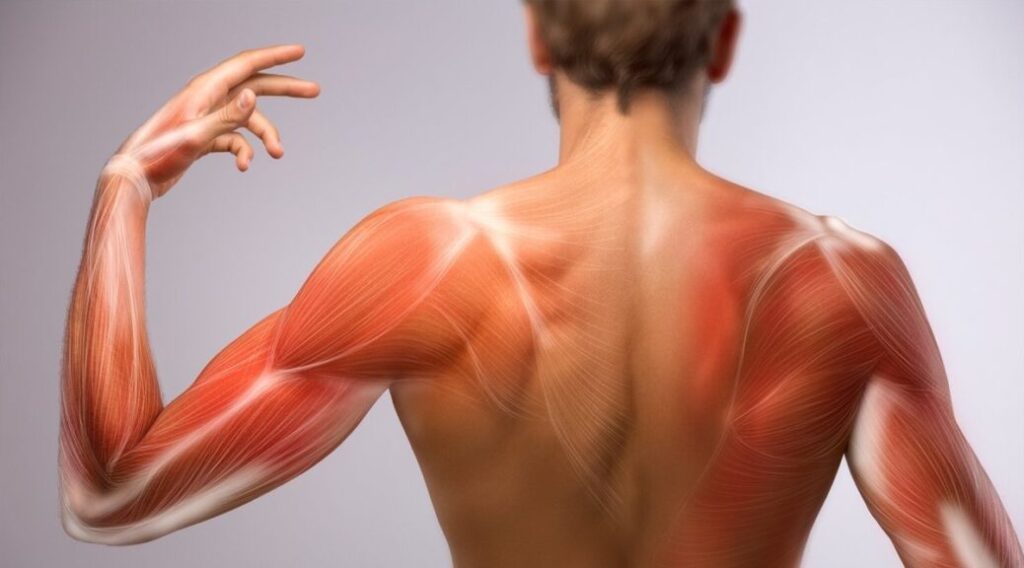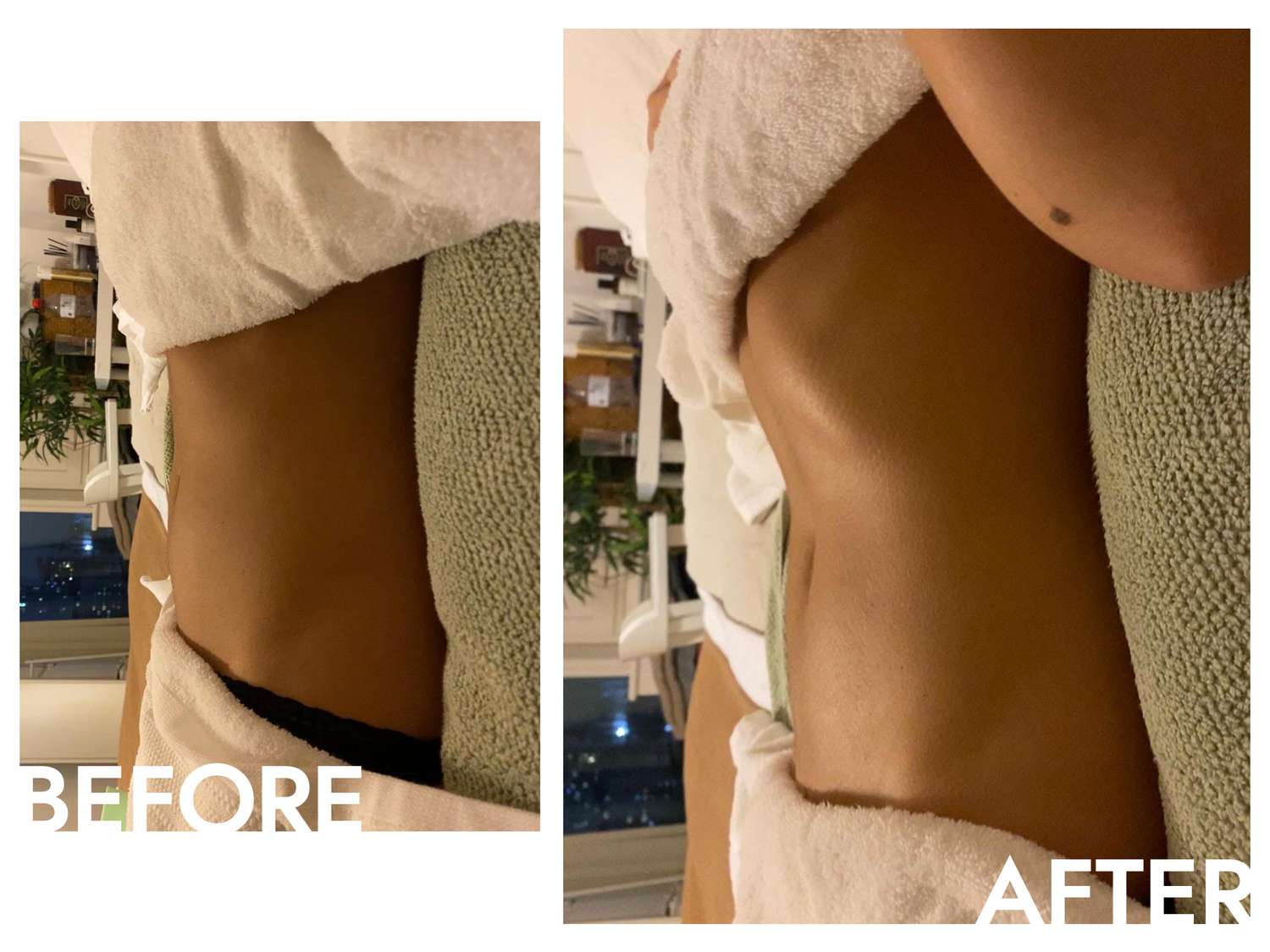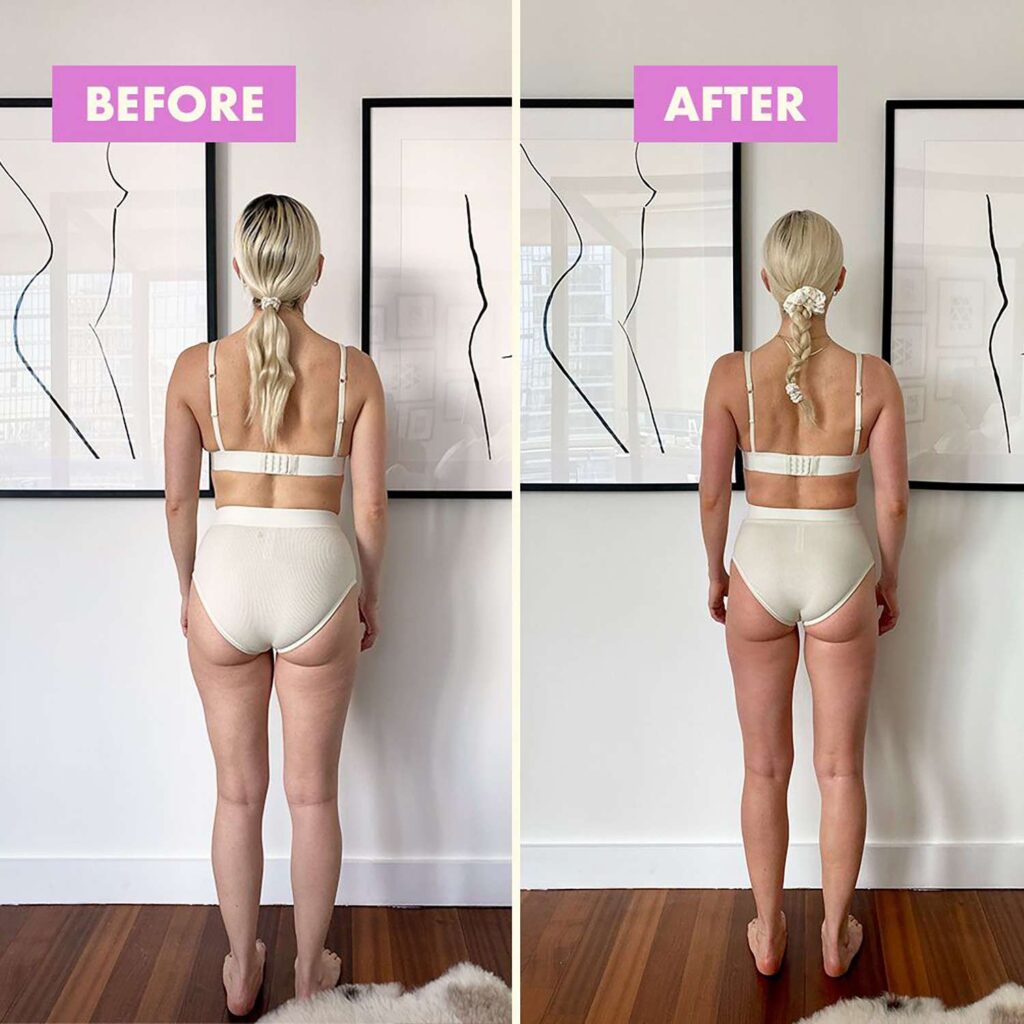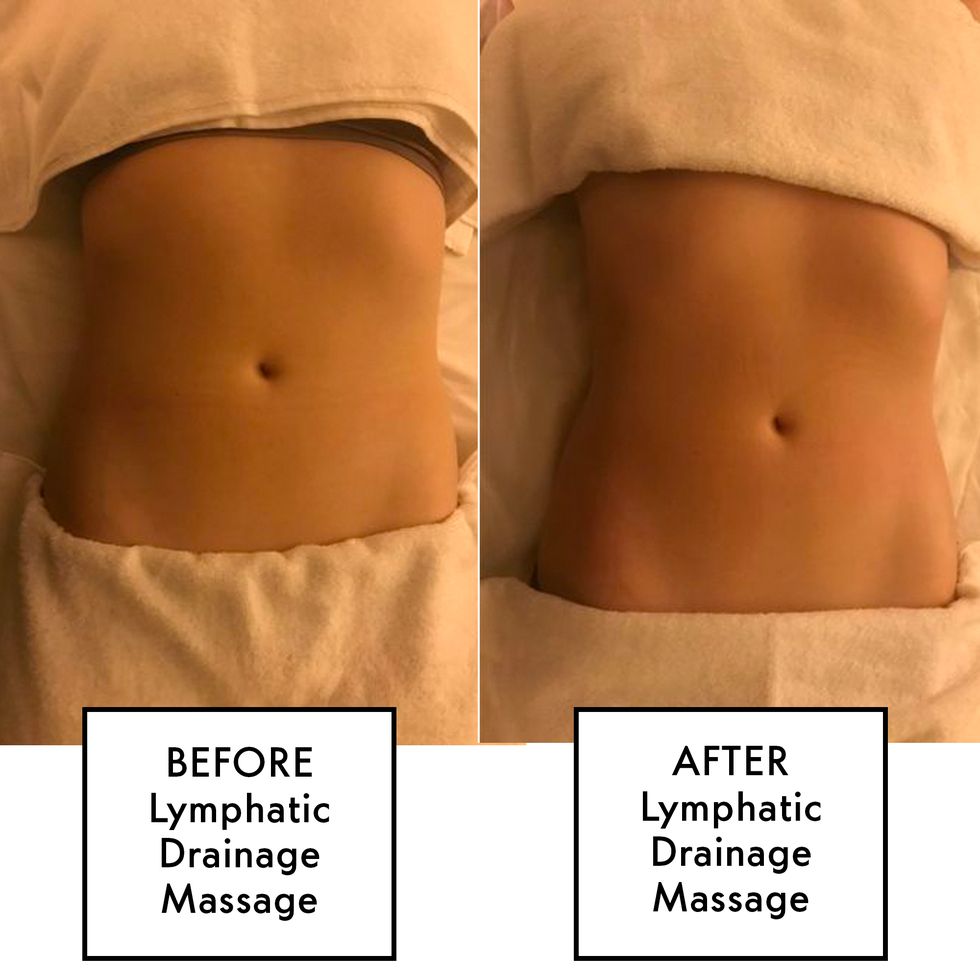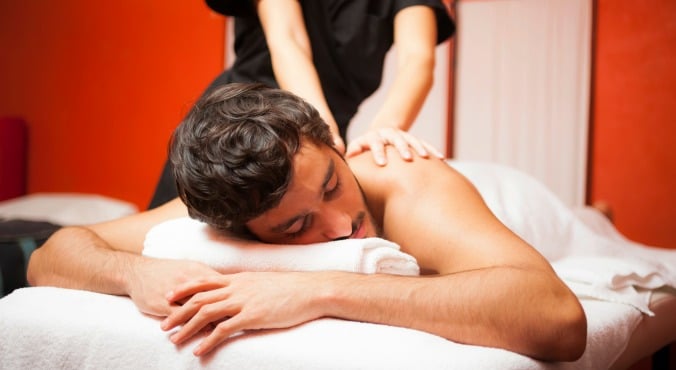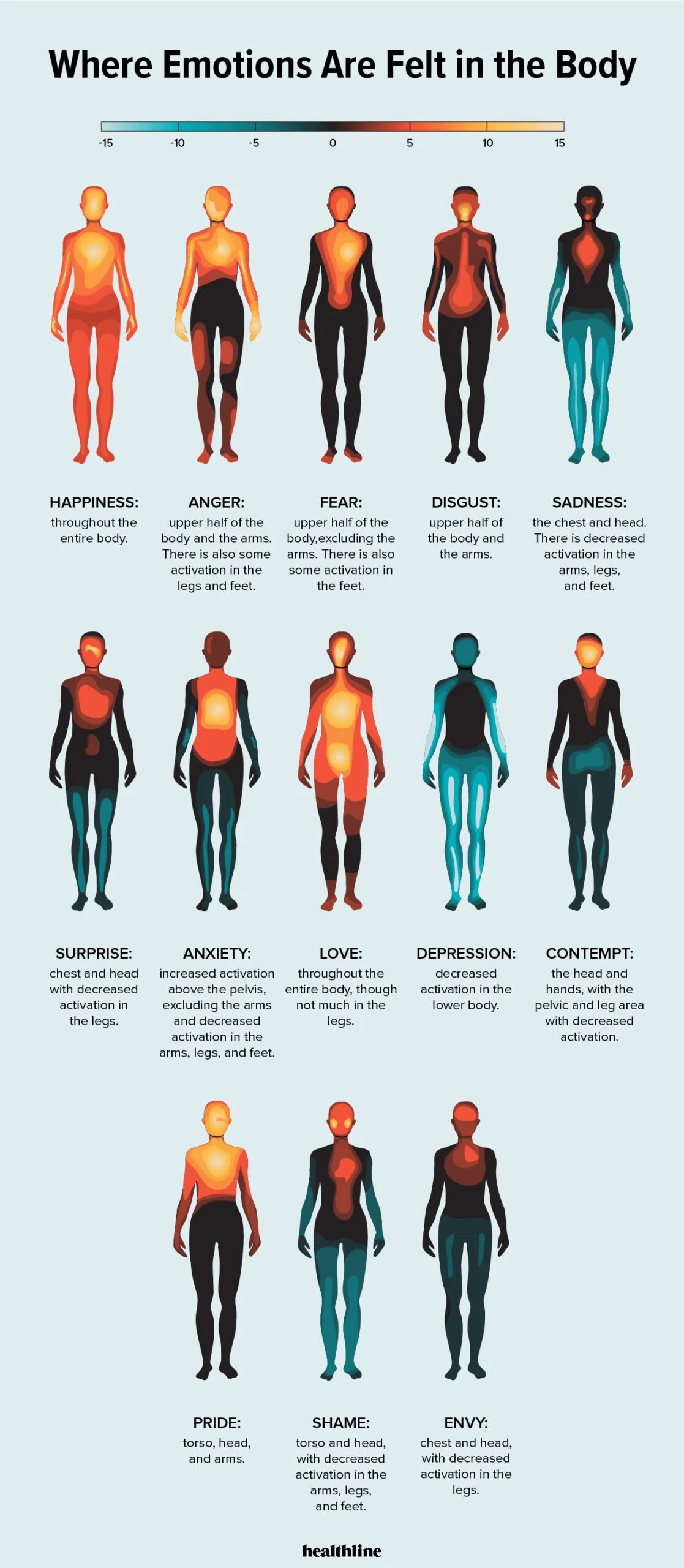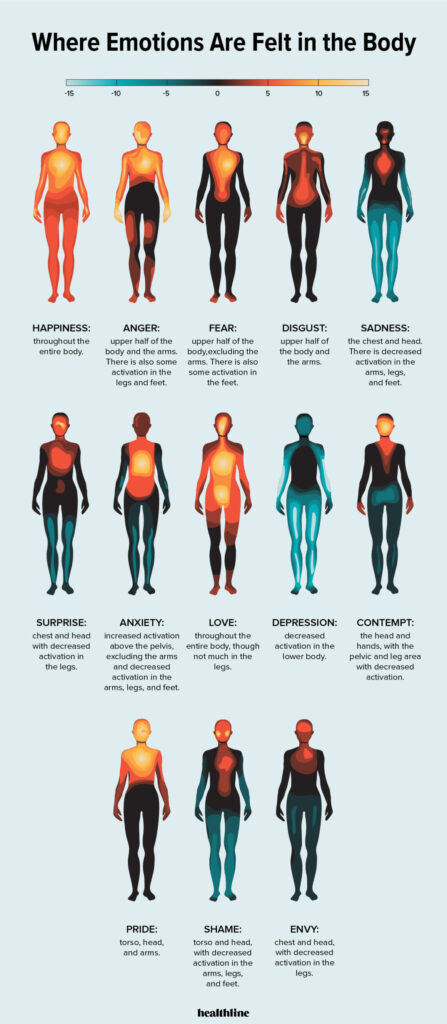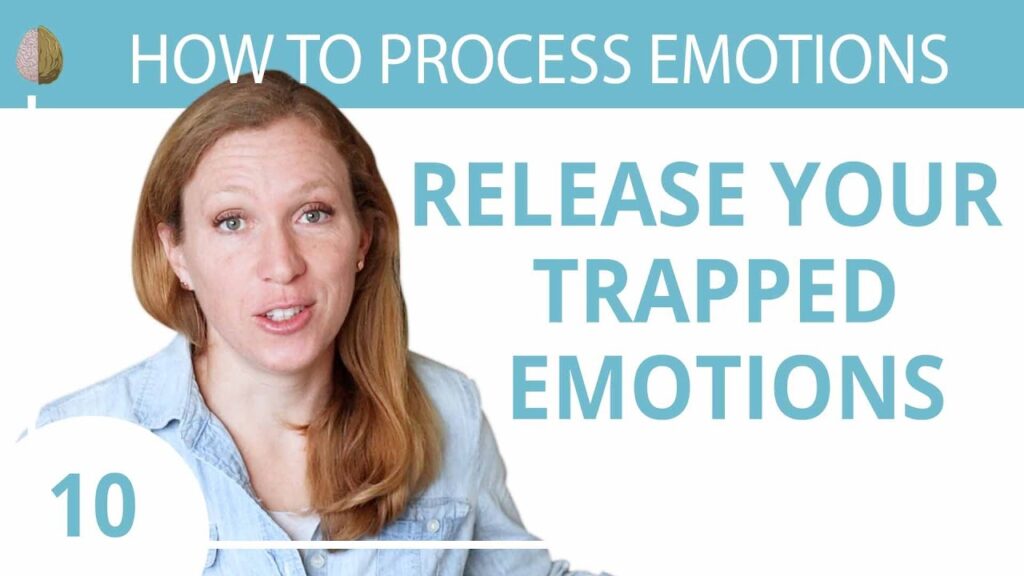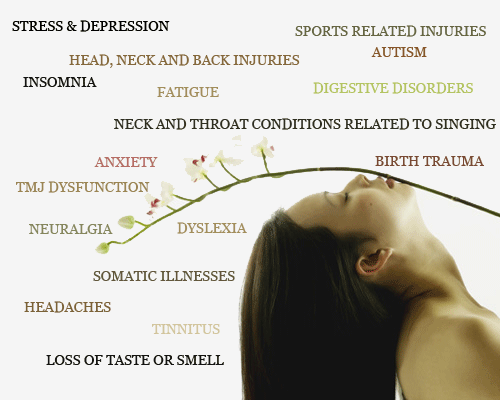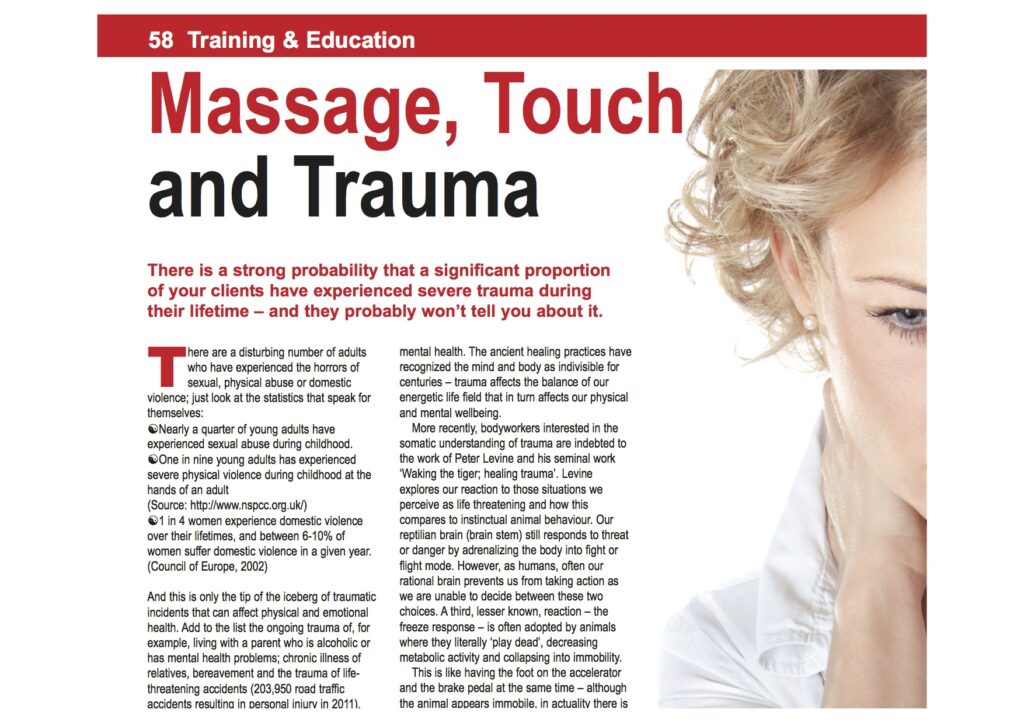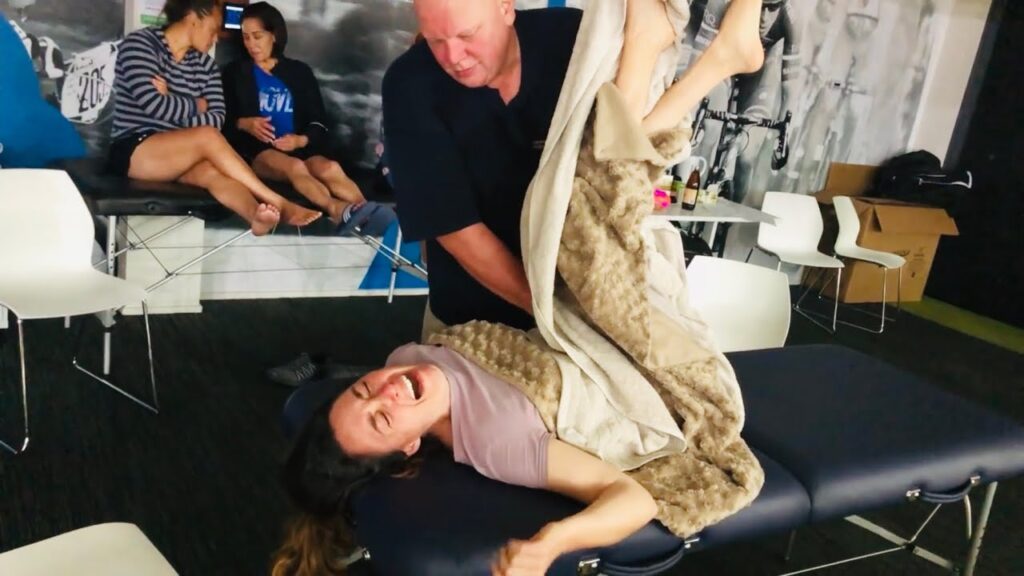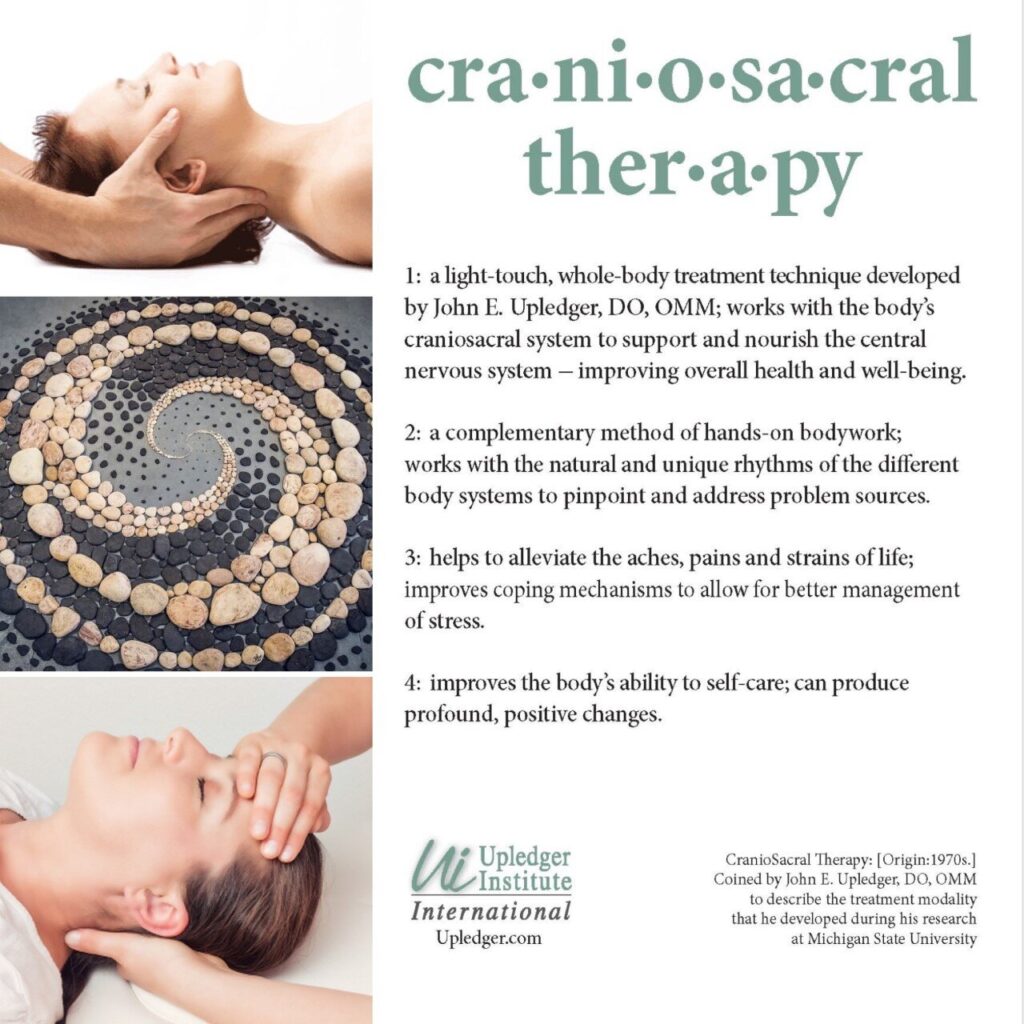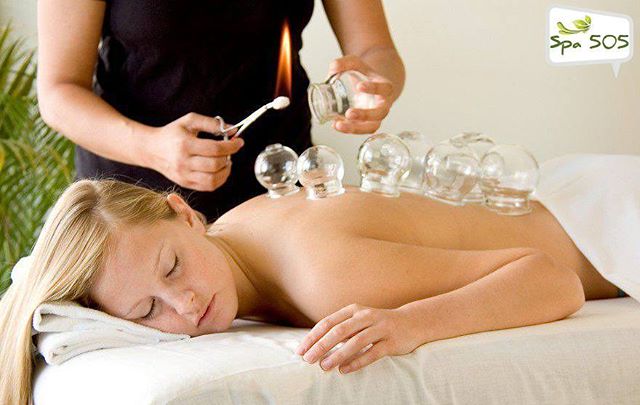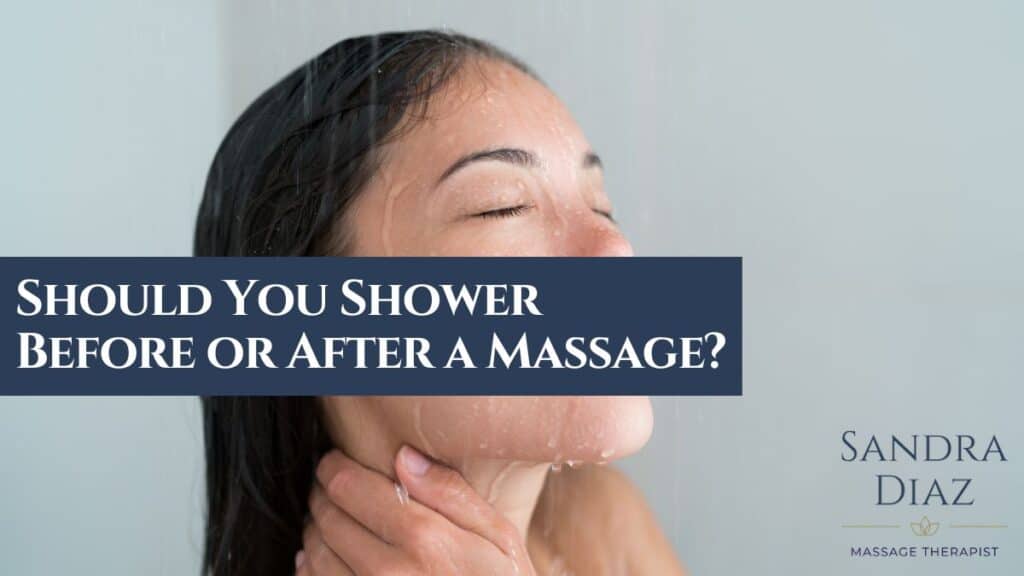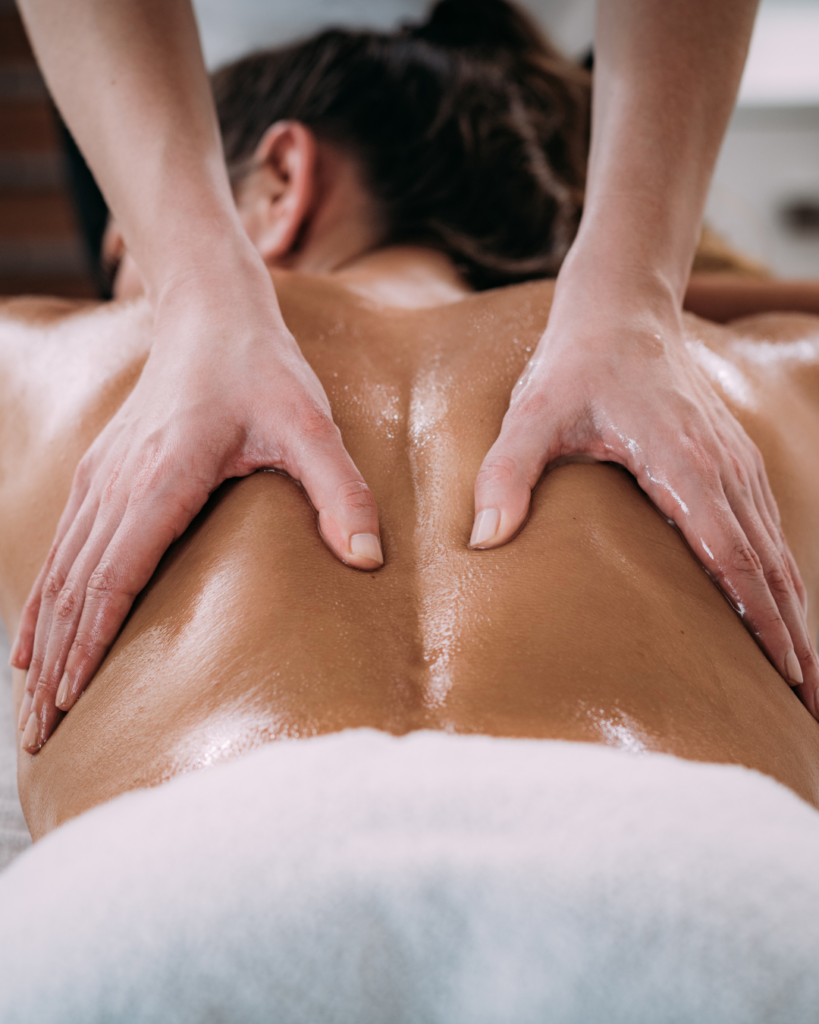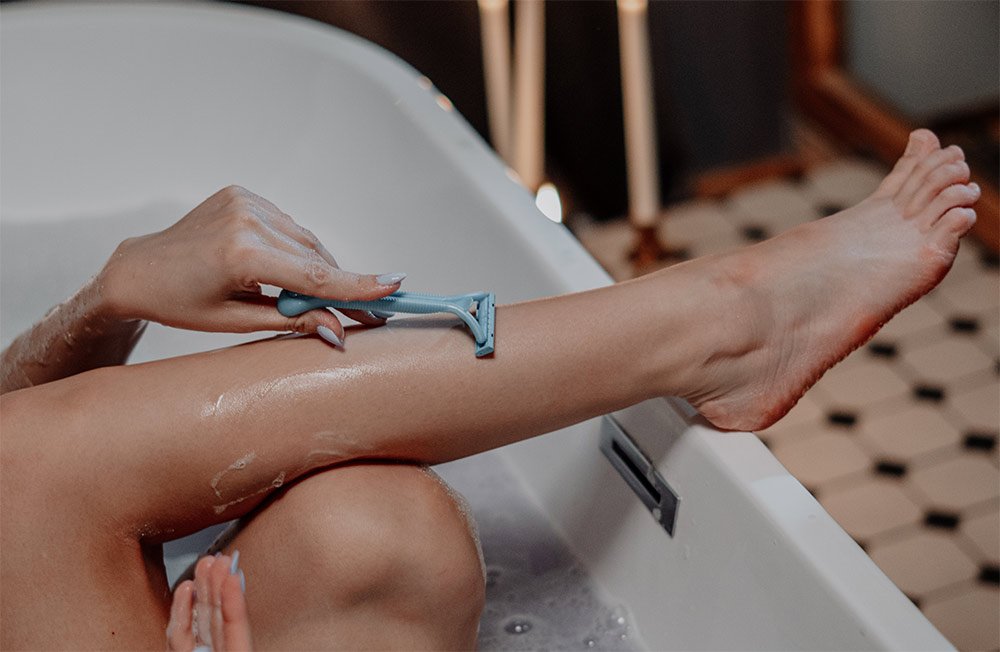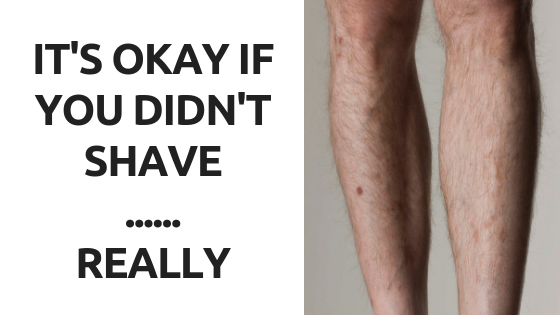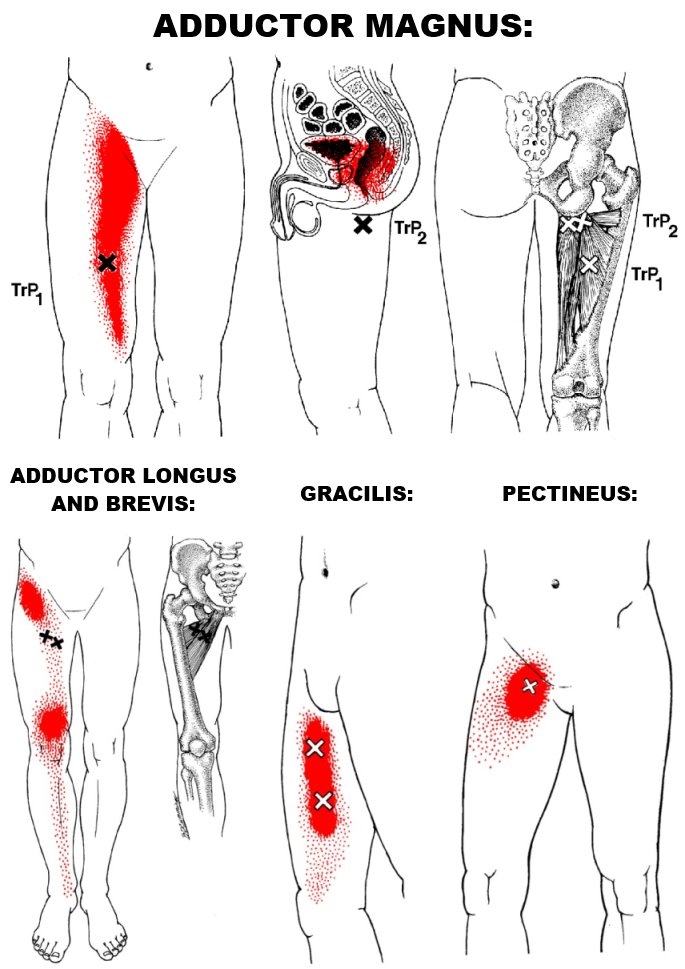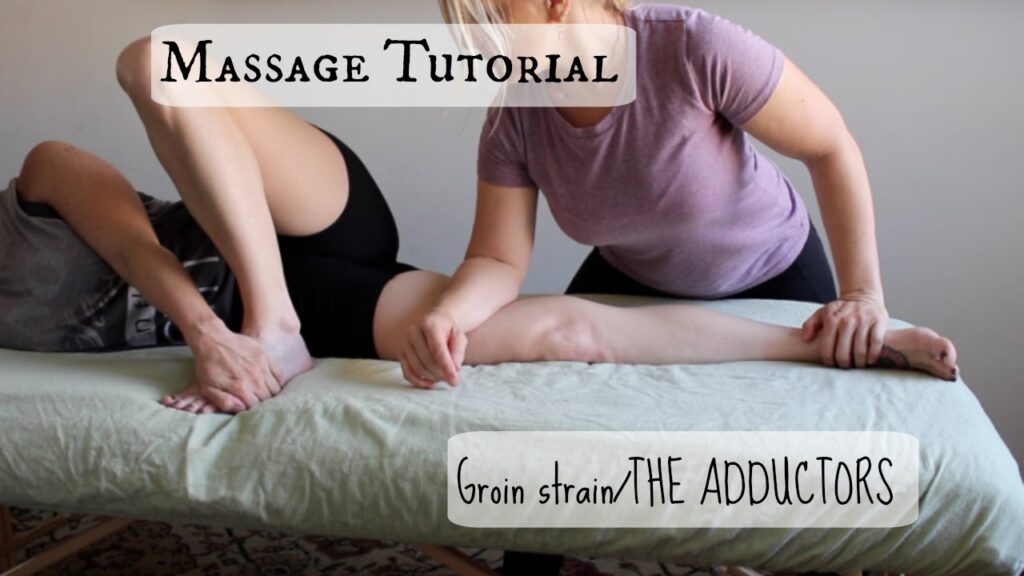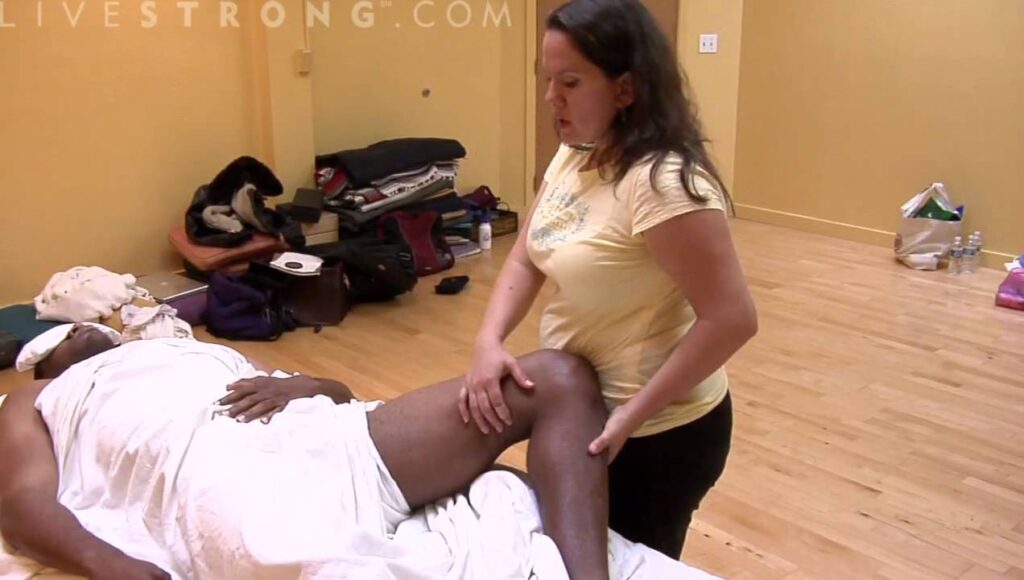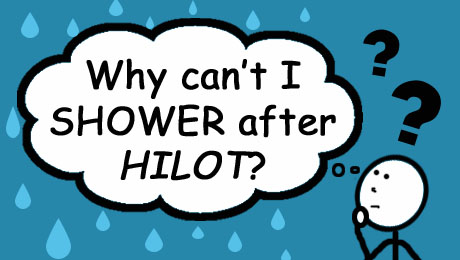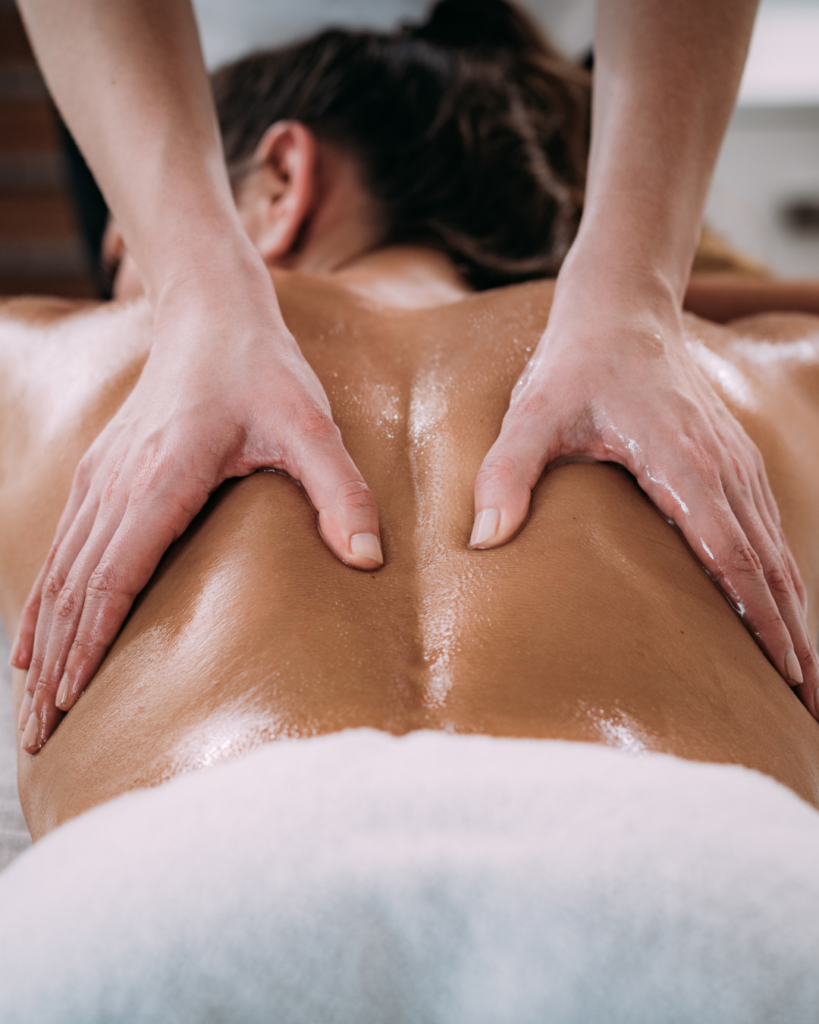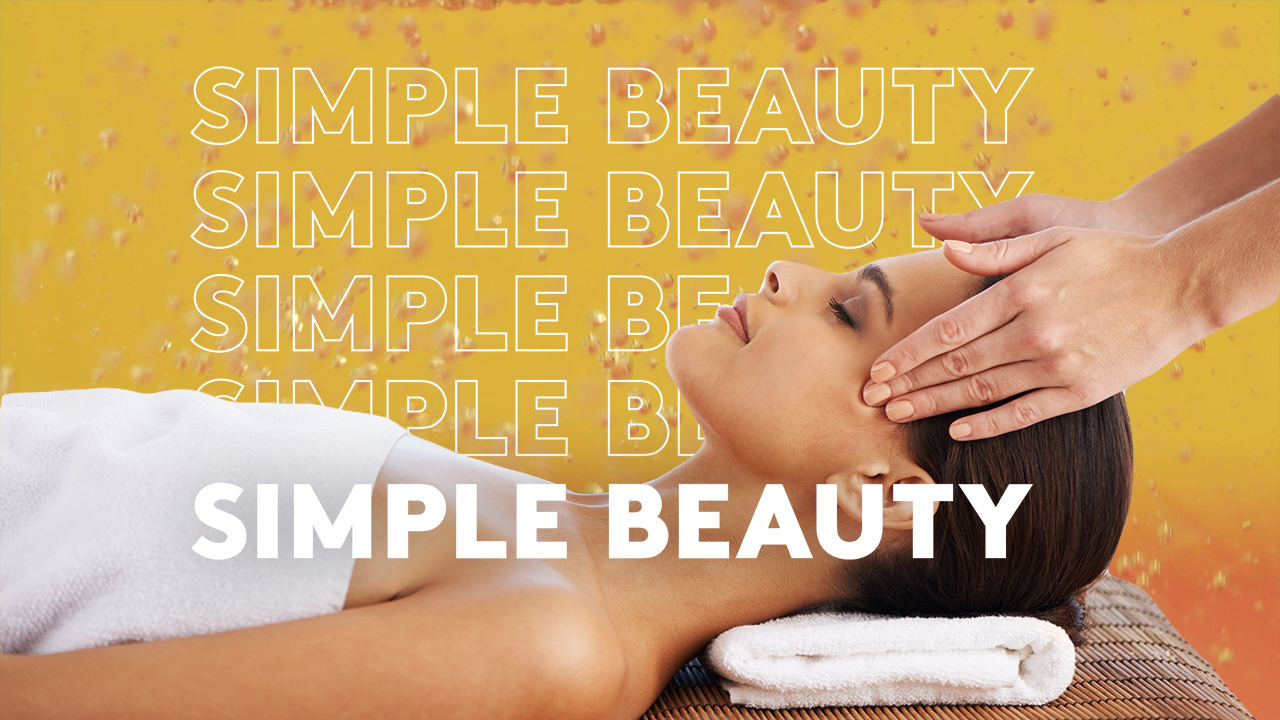In this article, we will explore the question of whether massage reduces fat. We will provide you with relevant information and insights from massage therapists and enthusiasts. By the end of this article, you will have a better understanding of the potential benefits of massage in relation to reducing fat. So, let’s get started and uncover the truth behind this popular question.
Understanding the Concept of Fat Reduction through Massage
Massage therapy has long been known for its numerous benefits. From stress relief to pain management, massage offers a range of advantages for our physical and mental well-being. But does massage actually have the power to reduce fat? In this article, we will delve into the biology of fat cells, the role of massage in fat reduction, and explore the scientific evidence and studies that support this claim.
The Biology of Fat Cells
Before diving into the topic of massage and fat reduction, it is crucial to understand the biology of fat cells. Fat cells, also known as adipocytes, are specialized cells that store energy in the form of fat. These cells can expand or shrink depending on the amount of fat they store.
When we consume more calories than we burn, our bodies store the excess energy in fat cells, leading to weight gain. Conversely, when we burn more calories than we consume, our bodies tap into those fat stores for fuel, resulting in weight loss.
The Role of Massage in Fat Reduction
While massage therapy alone cannot magically melt away fat cells, it can play a supportive role in fat reduction efforts. Massage primarily works by enhancing blood flow and circulation, stimulating lymphatic drainage, and activating fat-burning enzymes. Let’s explore these mechanisms further.
Mechanisms Behind Massage-Induced Fat Reduction
Increase in Blood Flow and Circulation
Massage techniques, such as Swedish massage and deep tissue massage, involve applying pressure and manipulating the body’s soft tissues. This pressure stimulates blood flow, delivering oxygen and nutrients to the targeted areas. Improved circulation allows for better nutrient absorption, waste removal, and increased metabolic rate, all of which contribute to fat reduction.
Stimulation of Lymphatic Drainage
The lymphatic system plays a crucial role in removing waste, toxins, and excess fluid from the body. Lymphatic massage, a specialized technique, focuses on stimulating the lymphatic system, aiding in the elimination of waste and toxins. By enhancing lymphatic drainage, massage can support the body’s natural detoxification process and potentially contribute to fat reduction.
Activation of Fat-Burning Enzymes
Massage has been shown to activate certain enzymes that help break down fat. Studies have suggested that massage can increase the activity of lipolytic enzymes, which are responsible for breaking down fat molecules. This enzymatic activity can potentially enhance fat metabolism and promote fat reduction in the long run.
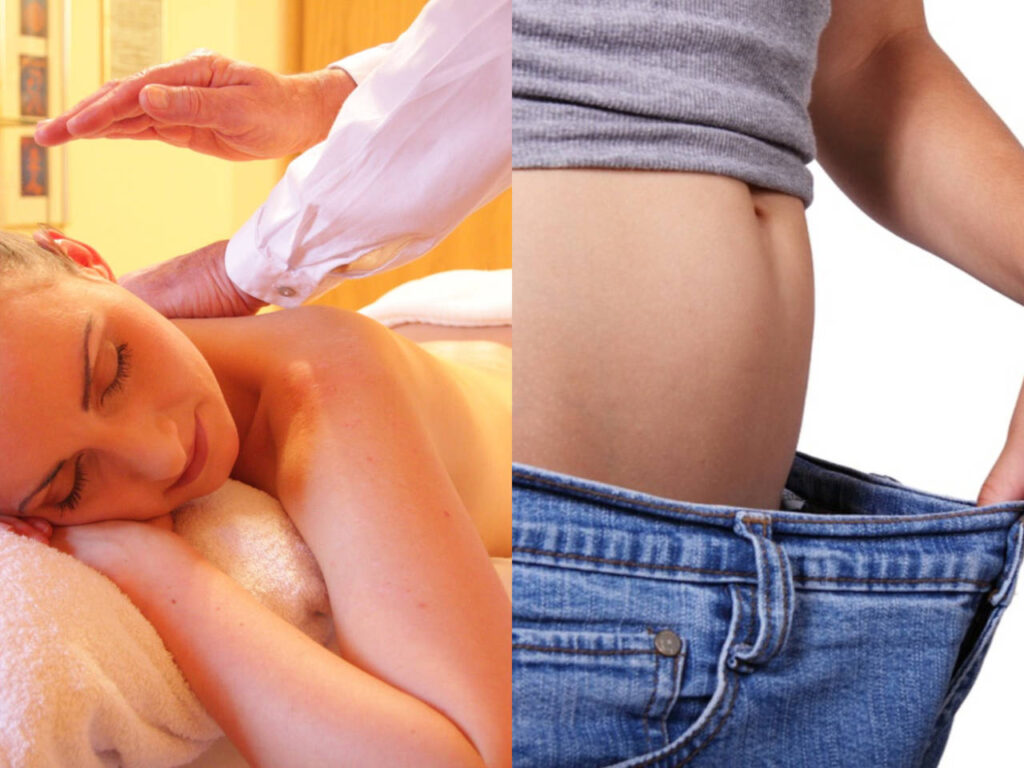
This image is property of static.toiimg.com.
Scientific Evidence and Studies on Massage and Fat Reduction
While the idea of massage reducing fat sounds promising, scientific evidence plays a crucial role in supporting these claims. Several studies have examined the effects of massage therapy on body composition and fat cell size. Let’s take a closer look at some of these studies.
Study 1: Effects of Massage on Body Composition
A study published in the Journal of Sports Science and Medicine explored the effects of a six-week massage intervention on body composition and physical performance in active females. The results showed a significant reduction in body fat percentage and waist circumference compared to the control group.
Study 2: The Relationship Between Massage and Fat Cell Size
Another study published in the Journal of Cosmetic and Laser Therapy investigated the relationship between massage and fat cell size reduction in women with cellulite. The study concluded that massage was effective in reducing fat cell size and improving the appearance of cellulite.
Study 3: Comparative Analysis of Massage Techniques for Fat Reduction
A study published in the Journal of Clinical and Experimental Dermatology Research compared the effectiveness of different massage techniques in fat reduction. The results suggested that lymphatic massage and cellulite massage were particularly effective in reducing fat and improving body shape.
Different Massage Techniques for Fat Reduction
Various massage techniques can be utilized for fat reduction and body shaping. Let’s explore some of the commonly used techniques:
Swedish Massage
Swedish massage is one of the most popular massage techniques. It involves long, gliding strokes, kneading, and tapping to relax the muscles and improve circulation. While Swedish massage may not directly target fat cells, its overall benefits in improving blood circulation and relaxation can contribute to fat reduction efforts.
Deep Tissue Massage
Deep tissue massage focuses on realigning deeper layers of muscles and connective tissues. By applying sustained pressure and slow strokes, deep tissue massage can alleviate muscle tension, improve circulation, and potentially support fat reduction.
Lymphatic Massage
Lymphatic massage, also known as lymphatic drainage massage, specifically targets the lymphatic system. This technique uses gentle, rhythmic strokes to stimulate lymphatic flow, promoting detoxification and potentially aiding in fat reduction.
Cellulite Massage
Cellulite massage is a specialized technique that targets the appearance of cellulite. It involves firm pressure and specific strokes to break down fat deposits and improve the texture of the skin. While cellulite massage may not directly eliminate fat cells, it can contribute to fat reduction efforts by improving blood circulation and encouraging lymphatic drainage.

This image is property of cdn2.stylecraze.com.
Combining Massage with Other Fat Reduction Methods
Massage can complement other fat reduction methods, such as exercise and dietary modifications, to enhance the results. Let’s explore how massage can be combined with these strategies for maximum effectiveness.
Exercise and Massage: A Powerful Combination
Regular exercise is essential for healthy weight management and fat reduction. By incorporating massage into your exercise routine, you can enhance blood circulation, reduce muscle soreness, and potentially improve the efficiency of your workouts.
Dietary Modifications and Massage: Enhancing Fat Loss
Proper nutrition plays a key role in fat reduction. By making healthy dietary choices and combining it with massage, you can optimize nutrient absorption, support the elimination of waste products, and potentially enhance fat loss.
Massage and Psychological Effects on Weight Loss
Apart from its physical benefits, massage also offers psychological effects that can aid in weight loss efforts. Let’s explore two key aspects:
Reducing Stress and Emotional Eating
Massage has been shown to reduce stress hormones, such as cortisol, and promote the release of feel-good hormones like serotonin. By reducing stress levels, massage can help combat emotional eating and promote healthier food choices.
Improving Body Image and Self-Esteem
Massage promotes relaxation and a sense of well-being, which can positively impact body image and self-esteem. By fostering a positive body image, individuals may be more motivated to engage in healthy habits and sustain their fat reduction efforts.

This image is property of www.spa-mobile.com.
Safety Considerations and Precautions for Massage-Induced Fat Reduction
While massage is generally safe, there are some considerations and precautions to keep in mind:
Consulting with a Qualified Massage Therapist
It is essential to consult with a qualified massage therapist who can assess your specific needs and goals before embarking on massage therapy for fat reduction. They can recommend the most appropriate techniques and ensure your safety during the sessions.
Individual Limitations and Conditions to Consider
Individuals with certain medical conditions, such as thrombosis or skin infections, may need to avoid certain massage techniques. Additionally, pregnant women and individuals with specific injuries or sensitivities should inform their massage therapist to receive appropriate care.
Tips for Maximizing the Fat Reduction Effects of Massage
To maximize the fat reduction effects of massage, consider the following tips:
Frequency and Duration of Massage Sessions
Consistency is key when it comes to reaping the benefits of massage for fat reduction. Follow your massage therapist’s recommendations regarding the frequency and duration of sessions. Regular massages can help maintain the positive effects and support your overall fat reduction goals.
Maintaining a Healthy Lifestyle
While massage can support fat reduction efforts, it is crucial to adopt a holistic approach by maintaining a healthy lifestyle. Incorporate regular exercise, eat a balanced diet, stay hydrated, and prioritize stress management techniques alongside massage for optimal results.

This image is property of cdn2.stylecraze.com.
Personal Experiences and Testimonials on Massage for Fat Reduction
Many individuals have experienced positive results when incorporating massage into their fat reduction journey. Success stories, transformations, and client reviews can provide inspiration and encouragement for those seeking to explore massage therapy for fat reduction.
Conclusion
Massage therapy offers a range of benefits for both physical and mental well-being. While massage alone cannot directly eliminate fat cells, it can support fat reduction efforts through improved circulation, stimulation of lymphatic drainage, and activation of fat-burning enzymes.
Scientific evidence and studies have shown a positive relationship between massage therapy and fat reduction, such as reductions in body fat percentage and fat cell size. By combining massage with other fat reduction methods, individuals can maximize their results and enhance overall well-being.
Remember, it is essential to consult with a qualified massage therapist and personalize your approach based on your individual needs and goals. With consistency, a healthy lifestyle, and the right mindset, massage can be a valuable tool in your fat reduction journey.

This image is property of www.spa-mobile.com.
